Choose your float: 0°, 10° or 20°. Retrofittable to all DT Ratchet DEG rear hubs too.
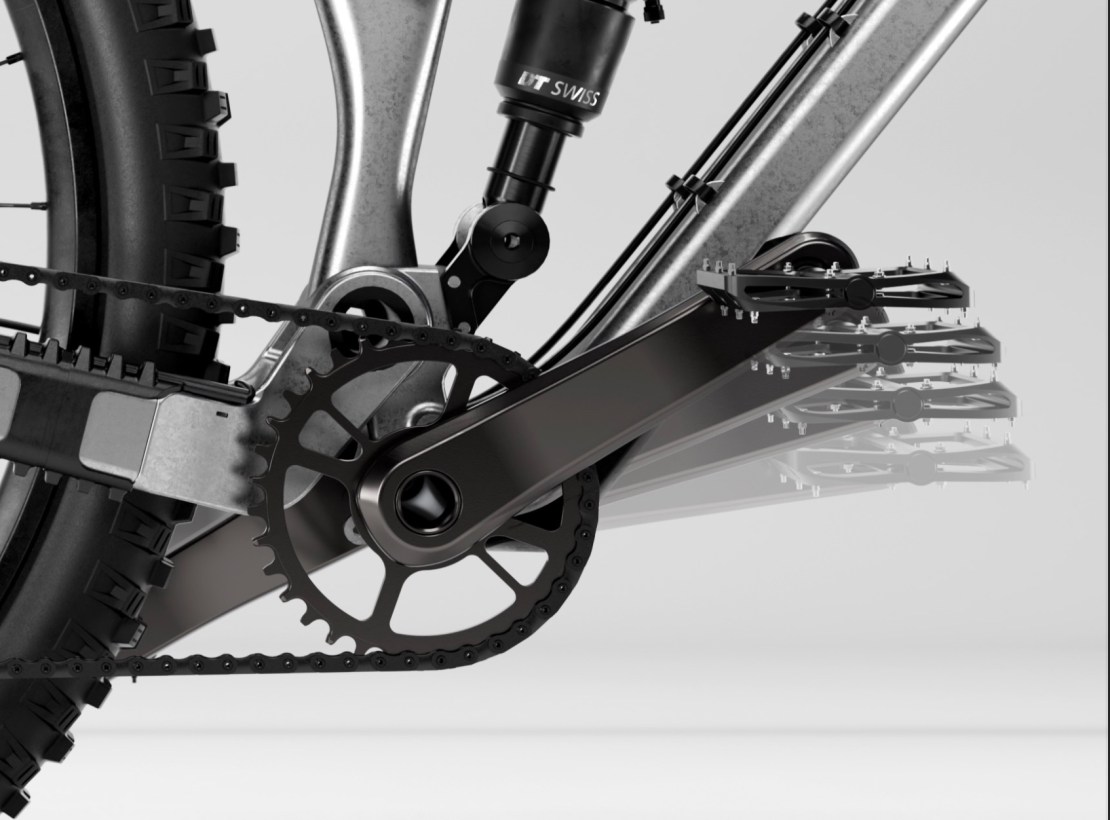
Essentially this new thing-ummybob can adjust how quickly your freehub engages. It’s only for DEG flavoured DT rear hubs (it is retrofittable though, which is nice.
With this new DF (Degrees Of Freedom) design, there’s three settings to choose from: 0°, 10° or 20°. Technically you should add the amount of engagement that exists in the DEG hub design also ie. up to 4° (for the 90T ratchet system).
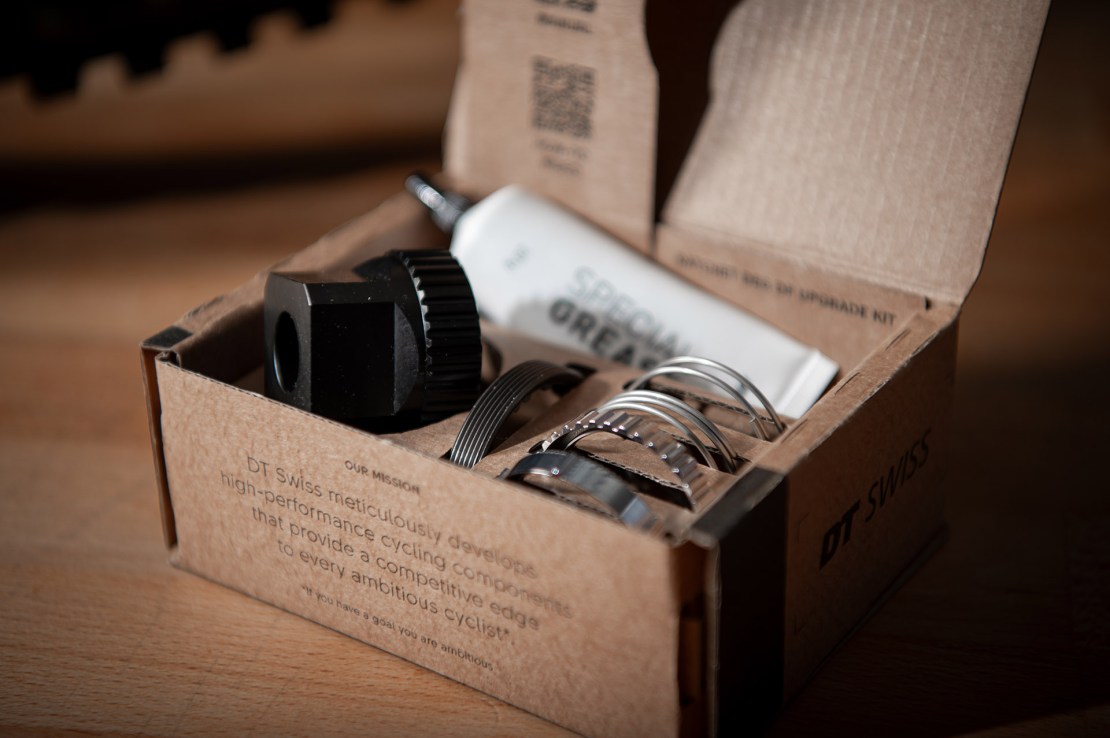

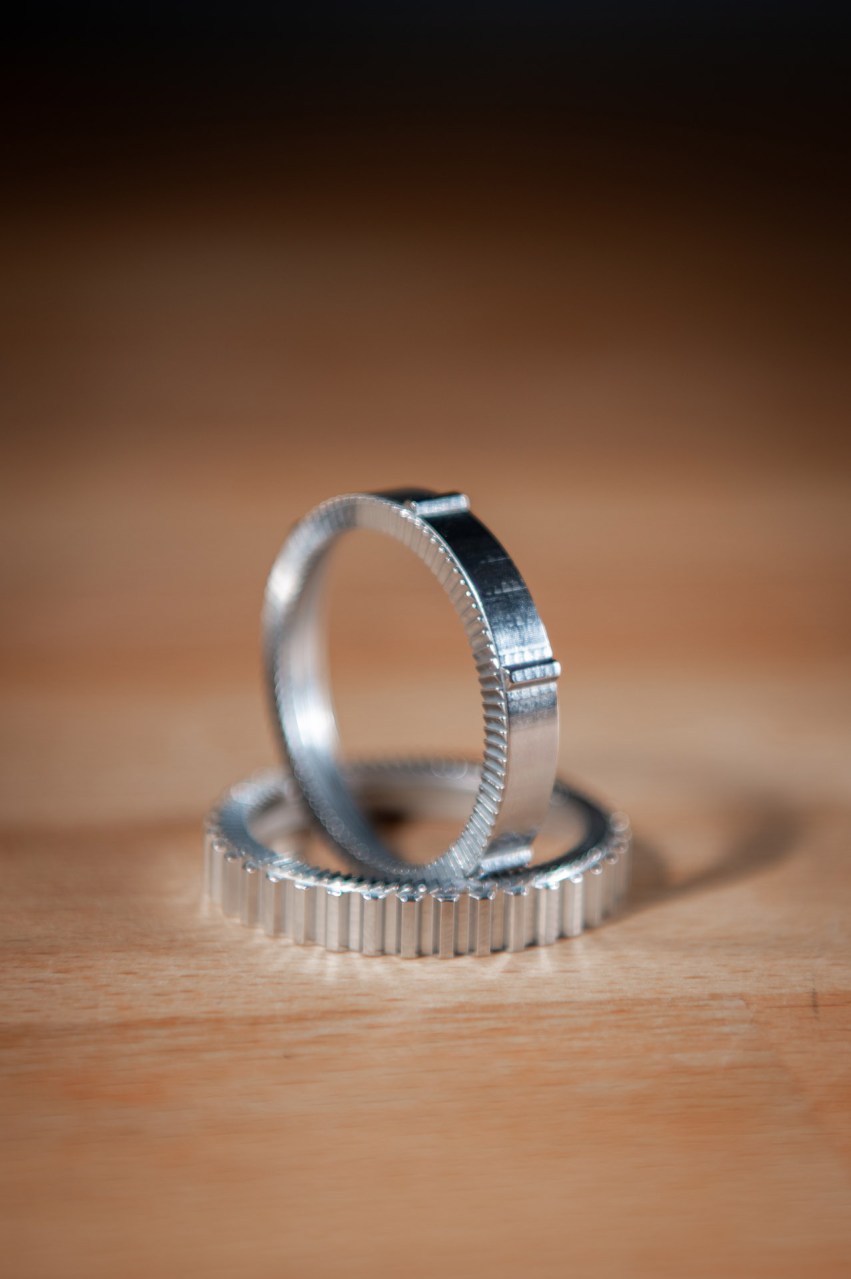
The key thing to note there is the words “up to”. With any engagement there is a window of potential when it comes to when the system engages. On DT DEG hubs the freehub can engage anywhere between 0° and 4°.
This is why the new DF ‘engagement float’ design is different to just using a hub with a slow engaging freehub (say, freehub with 10° of engagement); sometimes this ‘slow’ hub pickup will engage after 1° of crank turn (for argument’s sake), other times it will take the full 10° of crank turn before the system engages. It varies. It depends where the pawls/teeth are at any one time.


The idea of this new DF design is to offer more consistently ‘slow’ engagement; like a slow freehub that always uses its full float/freestroke of freehub rotation before engaging.
Why? The theory is to ‘free up’ the top length of chain that connects the chainring to the rear cassette, or to put it another way, to ‘free up’ your feet from the rear axle. The theory being that this reduces the effect of the drivetrain upon the rear suspension’s freedom of movement.
In this regard, the DT Swiss DF system is similar to the Sidekick hub from e-thirteen. And it just as simple and easy to adjust too. To swap between quickest pick-up (‘0°’) for when the terrain/course requires such, to the most floaty setting (’20°’) for gravity-centric days, or to the middle setting (’10°) for somewhere in between, it’s a five minute job with the only tool required being an Allen key to remove the rear wheels from the frame.
There was (briefly) an excellent video on DT Swiss’ YouTube channel explaining the DF installation and adjustment but it’s been ‘hidden’ now. Hopefully it will return now that the embargo time is up.
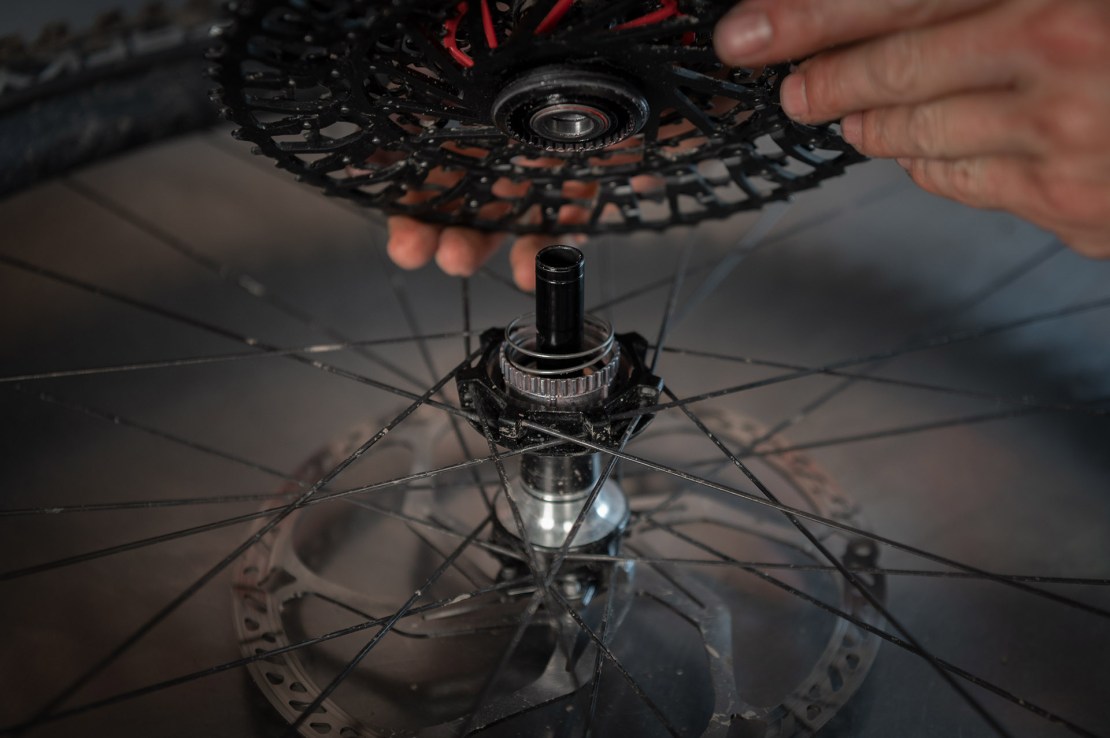
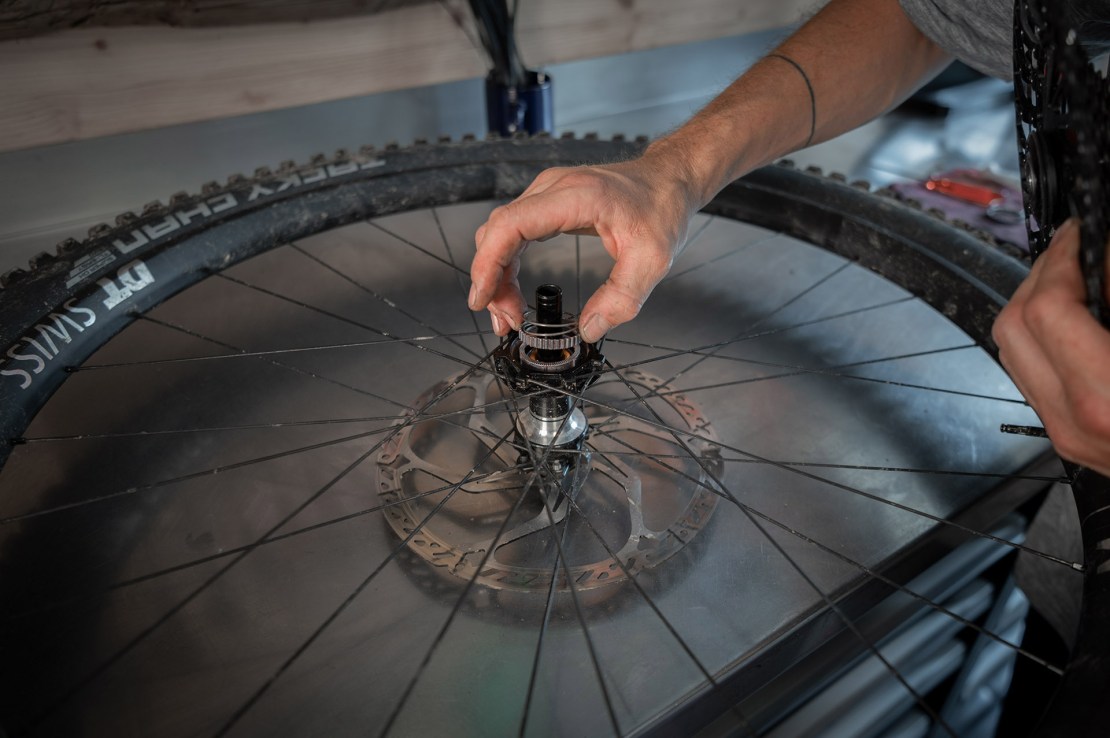


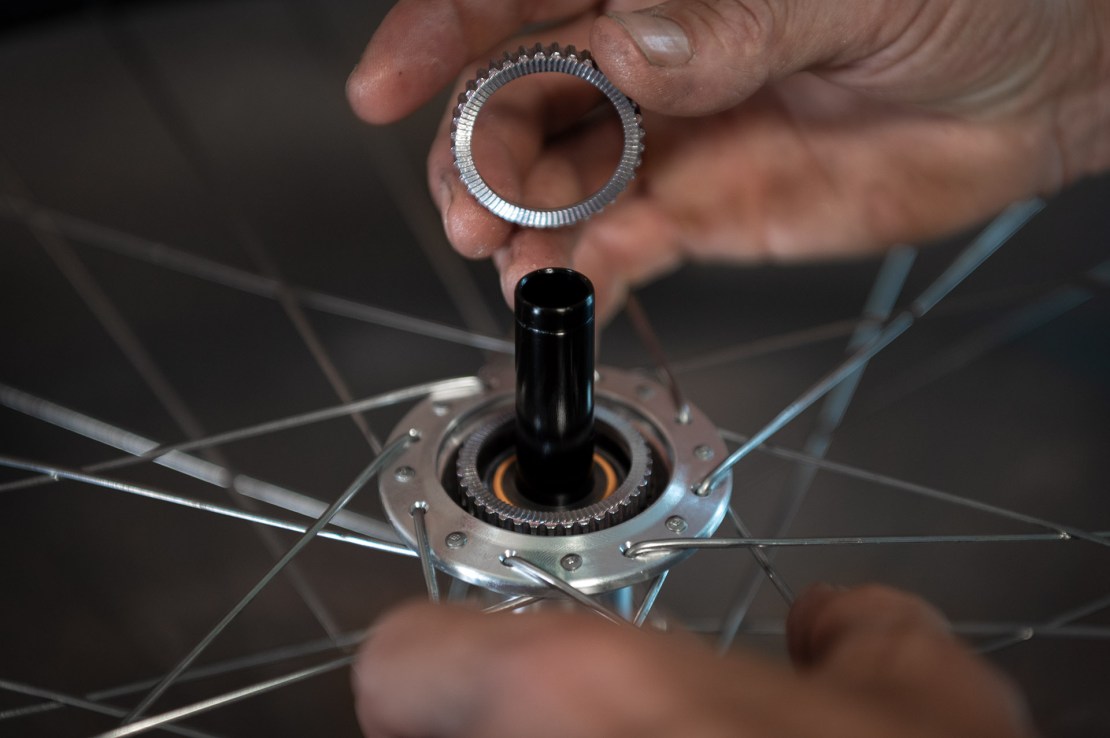
When you stop pedalling, the drag in the system resets things. There are no additionals components (springs, elastomers etc). “To reset the DF system … it’s simply the rotation of the wheel during freewheeling and the drag from the pressure of the springs on the ratchets that forces the DF system
backwards into reset or disengaged mode.”
What the new DT Swiss DF system is not, is a chain damper. So it’s not the same thing as an O-Chain or a Rimpact Chain Damper. Those devices are designed to calm down ‘chain flail’ (the chain bouncing around and effecting the suspension and/or bike’s feel) as well as reduce pedal-kickback. Such devices also ‘soften’ the moment of drivetrain engagement when you do go to pedal. The new DT Swiss DF system – like the e-thirteen Sidekick – will have a ‘hard’ start/engagement.
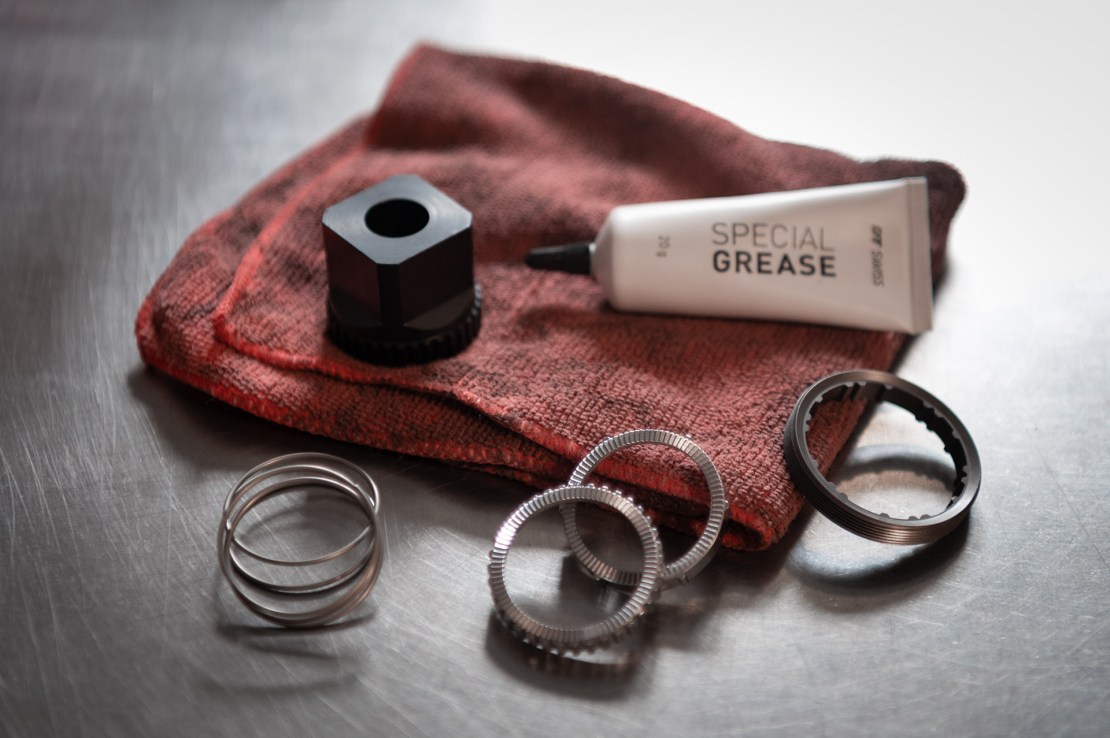
So yeah, this is not quite the same as a much more expensive O-Chain/Rimpact system, but it is a cool thing to see from DT Swiss. It’s a bit cheaper (€129.00), simpler, lighter, easy to adjust and retro-fittable.
Anyway, we’ve got hold of a DT Swiss DF and will be installing it into a DT DEG rear wheel and giving it a thorough testing. Watch this space…

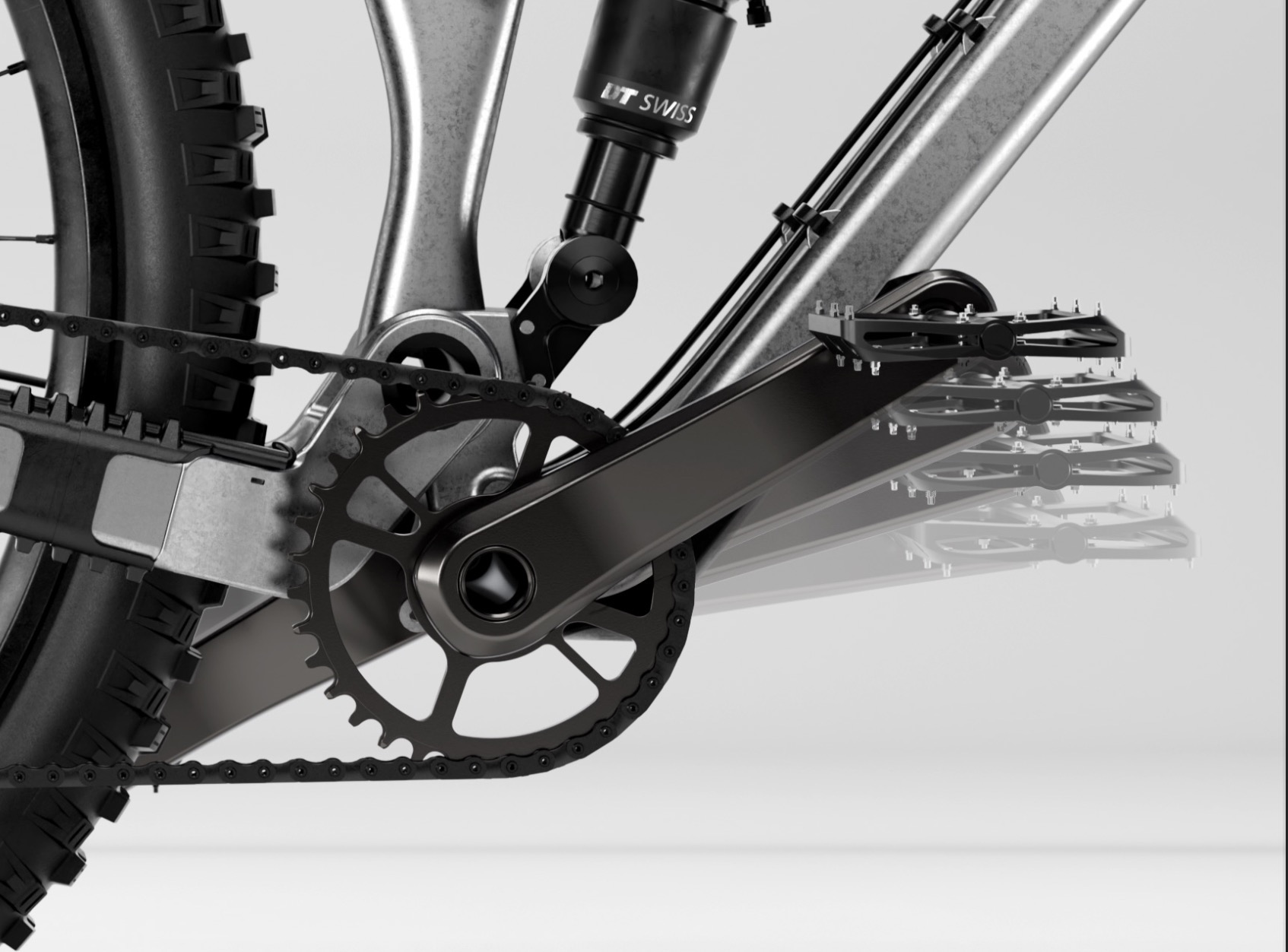
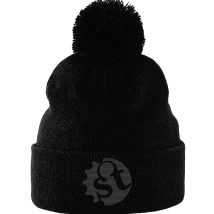
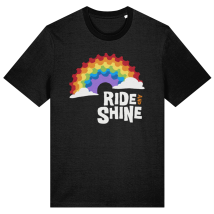
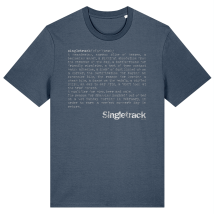
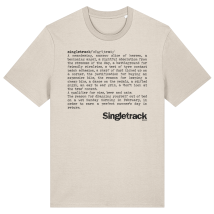

No, it illustrates what kickback is but has nothing to do with actual riding. I’m pinning my hopes on Rimpact guy being correct about chain flail being what I actually feel. Two things I am fascinated by in huck to flat videos, how much forks flex and how much a chain flaps around and even slaps the ground. Actually make that three things because I sort of like it when something breaks too 😀
I keep looking at the Rimpact chain damper… if it wasn’t for the price I’d give it a go… but it’s very much a “nice to have" rather than being obviously worth the money. This hub, much the same. If buying new wheels I’d be swayed towards this hub, but buying either a new hub or the expensive upgrade kit for an existing hub if I had the right one already… not going to happen. If I was to drop the cash… I’d look at the chainring end before the freehub end… as it’s the pedals where the isolation is useful so looking at that end of the chain makes most sense. I’ve ridden on Ochain, and it does feel “extra calm". I’m hoping one of you more willing to spend big will try BOTH end of the chain at once for us all though… lets us know how you get on.
Interesting product, looks a bit like a dual mass flywheel. Any idea what it feels like to ride? Might be a bit annoying not having a direct connection.
I have one on the DH bike, its a weird feeling to start peddling with but for the DH a quick sprint and you get used to it, and it makes it so quiet.
I haven’t tried it on my bronson yet
I’ve never felt the need for this and by researching I think it’s a perception rather than a reality. However it’s a lovely, well engineered, DT Swiss solution.
No amount of chain flap would ever offset a relatively quick, or instant, pickup for me. I am lucky owning a Starling which has a relatively high chainstay so the amount of flap space is very limited (in the top gears the chain is pretty much rubbing on the VHS Slapper Tape) so I don’t get any chain appreciable chain feedback through the pedals. I’ve also concluded that “pedal kickback" is a fantasy condition dreamt up by companies trying to sell stuff.
I’d like to try the Williams freehub and free spider combination, if only because I like the idea of a completely disconnected, silent drivetrain and a DT240 hub is a lot lighter than my current Onyx.
As I tried to suggest before, these widgets stand in contrast to (IMO) pointless MTB innovations like electric gears or adding yet another sprocket.
Just talking about the Ochain, it was invented and developed by a smart Italian rider and engineer, and has spread by word of mouth on the DH race scene because it has a very noticeable and easy-to-appreciate effect on the bike.
It’s not gonna be for everyone and I probably won’t use it on my Orange full-sus, but I think it’s one of the smartest and most-effective MTB innovations of recent years – and it’s nice to see the guy get a big payday from it.
People comparing these things to a low engagement hub ought to try riding them. That line is a total red herring IMO.
The Rimpact and Ochain have such instant, tangible, positive effects on a bike especially while descending. It’s impossible to not notice the improvement.
I’m happy to just ignore anyone who’s never tried one or thinks they’re a gimmick.
If anyone sees me out and about on mine, you’re welcome to a full inspection and test ride.
Just watched that Starling video. Joe has a really good take on it.
Interesting as his bikes (via that review in Dirt) were a key driver in the current trend for more compliance in frames, and he’s thinking about this issue through the same lens really (reducing sensory “noise" to the rider).
Maybe not, the DT system seems to be like the internals of an impact driver, the internal ratchet just floats back 0/10/20deg then needs to be pulled forward to engage.
Whereas free coasters rely on a helical driver pulling the ‘clutch’ together. The advantage of that design is it disengages completely the other way. There would be zero pedal kickback because without a ratchet you can spin the wheel backwards indefinitely without the pedals moving, it needs pedaling chain tension to engage it.
Actually, wouldn’t Shimano’s Sylence hub design achieve the same thing as the DT? The idea was that you had to pedal forward a fixed amount to bring the ratchets together?
That is really clever. I suppose the potential downside is that there’s no real clutching or damping or anything, it’s basically just “loose" which could be weird. I have no money so I’ve reverted to an 18t ratchet in an old 240 (and I mean old! Hugi branded, boost converted, probably approaching its 3rd decade!) and tbh I don’t miss the engagement and it does at least feel a little nicer sometimes, though I have no idea if it’s actually better, tbf I don’t care if it’s all in my head, because that is where I do all my thinking. Equally when I put the faster engagement ring in, I liked that too :P
True but if you get the hubs and don’t like it, you can turn it off and still have one of the best hubs ever made. And if you do like it, it’s a no-extra-stuff solution, basically no weight penalty or extra things to faff with.
Funnily enough, I was out in the garage tinkering with my hack MTB to get it sorted for winter, it’s got an old DMR revolver rear hub which isn’t the snappiest engaging thing. I had a bit of a play and I looks like the approximate engagement angle on that hub is actually close to 20deg, so I suppose that’s an indicator of what the DT must be like to ride with from an engagement perspective, a bit like a shitty ~20 year old hub, but not unrideable…
Better than that, you can keep the 0 degrees for pedally days, or pull off the end cap/cassette, move the ratchet, and you have your downhill setup. It’s a very neat design.
Or more to the point it is some random angle between 0 and 20 degrees with zero consistency.
Which is, on average, better than 12 degrees EVERY time you go to pedal. ;o)
Long time Ochain user:
– Bike is much quieter (its pretty quiet to start with, lots of velcro and other bits)
– There is no drivetrain noise of the freehub engaging during suspension compression (more under braking this is noticeable)
– My feet are less fatigued on an uplift day, there is definitely a lot less feedback through the pedals.
No one talks about the racket the DT system is likely to make, given there is no damping at all, hard metal on metal contact. Weighing up an Ochain for the eeb, then this came along, but concerns how its going to hammer itself to pieces.
I looked at it and thought similar but then thought about how the three or four pawls in most freehubs operate and decided it’d probably be fine.
I wondered about this since hub engagement is variable and may reduce kickback in some edge cases of engagement, and do nothing in others. 24 teeth is 0-15 degrees and 36 teeth 0-10 (obvs).
However, with the DT system the way I see it is the ring floats. As long as there’s more drag between the ring and the ratchet than the ring and the hub shell then it’ll self reset with wheel rotation as soon as the bike freewheels more than the pickup (20+15 worst case = 1/10th of a rotation).
This should give a consistent 10 / 20 degrees of ring engagement, plus ratchet pick up (0-10/15), every time the rider pedals faster than the wheel rotation.
This is with the new DT hubs which have 90t ratchets by default IIRC as the ratchet ring is inside the hub shell / spoke flange rather than inside the freehub.
The other advantage of these hubs is you no longer need a special tool and superhuman torque to remove the ratchet in order to replace the bearing as the bearings is smaller than the ratchet ring.
Even better then! Looking at ring float (fixed 10 or 20) plus 0-4 degrees ratchet engagement. The known fixed part should make things feel more consistent than the variation with a lower engagement hub.